Total automation may be the future norm in manufacturing
June 10, 2020 12:46 pm
With the current COVID-19 pandemic, I can only envision a larger push to smart manufacturing than we may have imagined in the past.
Vineet Seth, Managing Director – South Asia & Middle East, Mastercam APAC, says that adoption of new technologies is a continual work in progress, while discussing the major challenges OEMs will face during the transition towards smart factories. He also outlines the solutions that they can adopt to effectively tackle these challenges, and how Mastercam is working with manufacturing partners to this end.
How has your company’s journey been in the adoption of smart factories?
Mastercam is a “mother” software to many other software that have used the APIs from our software to build other solutions on top of it. For us, IIoT and Industry 4.0 is all about connectivity. We are working with a number of organisations including the AMT with technologies like MachineConnect. Our technology enables customers to bring in and send out relevant information to enable manufacturing analytics in a smart factory.
What kind of steps do companies, including MSMEs, need to take for the adoption of smart factories?
MSMEs need to look at a platform that enables a handshake with their customers. This need not be an expensive or enterprise solution. There are numerous solutions for MSMEs that are at a very affordable cost, yet customisable for their needs. MSMEs should also explore open-source platforms, if they have the capability and expertise to set it up themselves.
Once the platform is set, they will need to invest in hardware and software that enables communication and analysis of data generated by machines, equipment, staff, and processes to become more efficient. Of course, before all of the above, the first step would be to read, understand and invest sufficient time in training before they even draw an implementation plan.
How have machine learning (ML), artificial intelligence (AI), robotics, automation and big data been implemented by OEMs to move towards a Connected Enterprise?
Most OEMs have implemented a top-down approach towards this new technology. They are currently in the stage of generating data and tweaking systems that will enhance their understanding of the overall system, in terms of tangible numbers. We should not forget this is a continual work in progress, with the ML part offering new learnings and AI providing the process corrections. Robotics and automation are sub-sets of this technology and will be very important when process information will be dynamically changed by the system, as they are more reliable and data-driven.
Eventually, the supply chain will become an extended arm of the main system, with all the necessary information, including man/machine, material and methodbeing controlled by the OEMs, in an agreed commercial and technical process ecosystem.
What are the challenges faced by OEMs while transitioning towards smart factories?
Scale is the main challenge. Designing smart factory processes, technologies, equipment, training, and implementation are some of the major areas where even the most successful OEMs will be put to the test. However, OEMs that are process-oriented and practise a culture of man-machine balance are likely to be more successful in the long run.
Data security and handling, as well as the correct interpretation of data will be the next biggest challenge, when enough data is generated. One should understand that a total dependence on AI and ML in the early stages may potentially lead to catastrophic results, especially due to erroneous data.
What kind of technological advancements can we expect with respect to smart manufacturing in the coming years?
With the current COVID-19 pandemic, I can only envision a larger push to smart manufacturing than we may have imagined in the past. To safeguard potential future disruptions to manufacturing, a number of organisations will be looking at remote connectivity, automatic material and part handling, smart stores, automated tool dispensers, smart work holding devices, etc. Especially for global OEMs, a push towards total automation in manufacturing will not be unusual in the immediate future.
Cookie Consent
We use cookies to personalize your experience. By continuing to visit this website you agree to our Terms & Conditions, Privacy Policy and Cookie Policy.



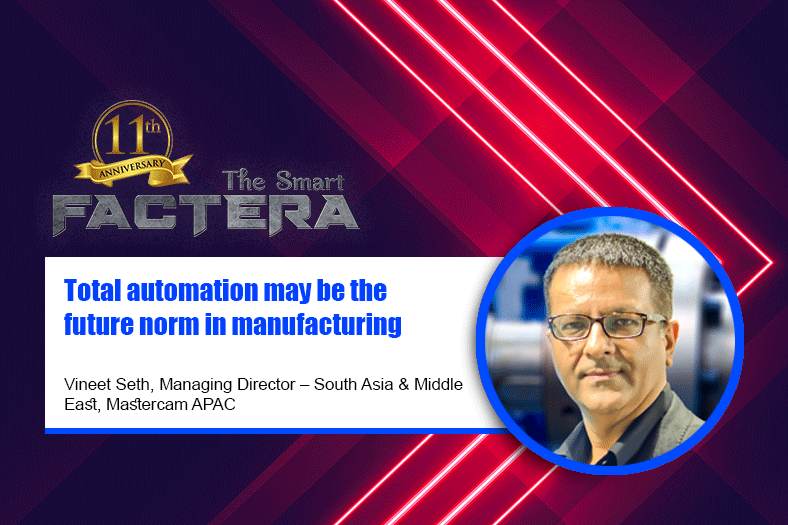


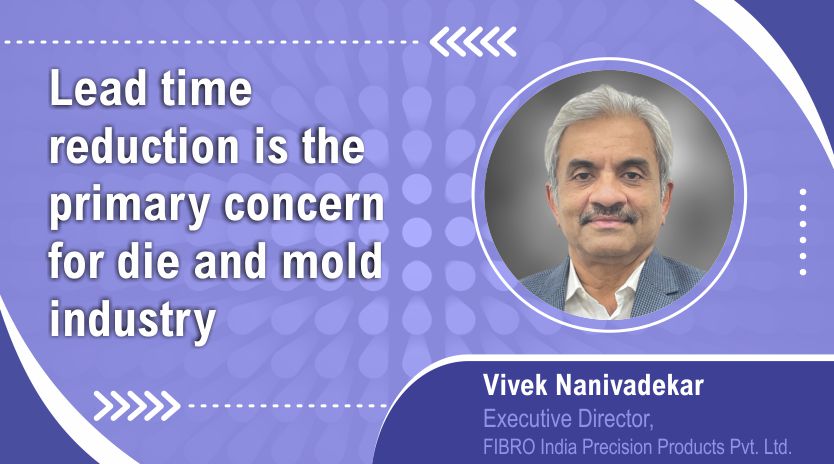
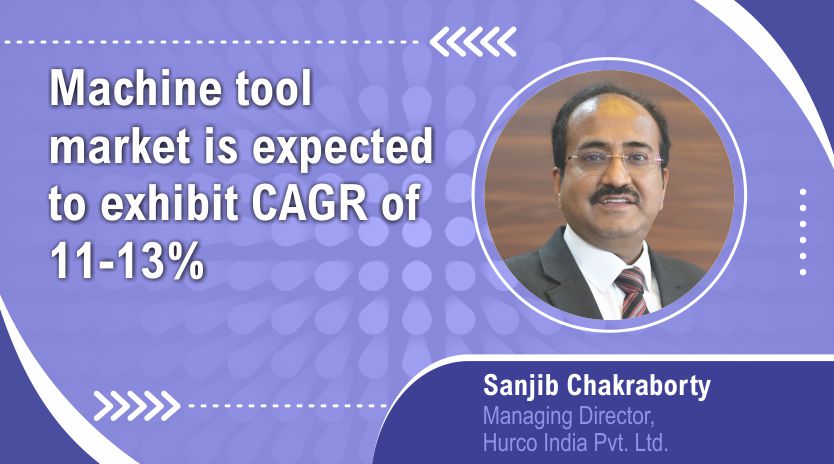
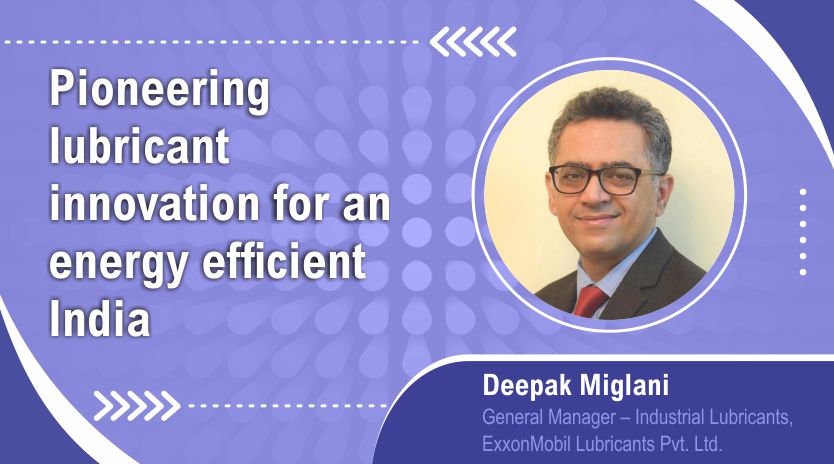
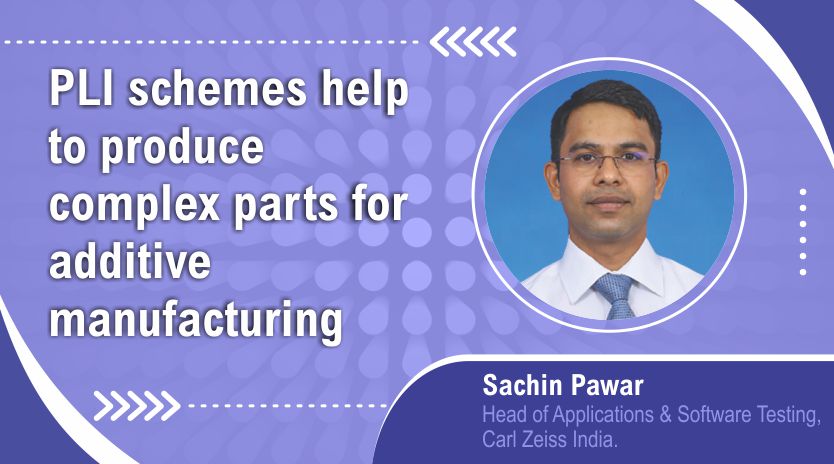
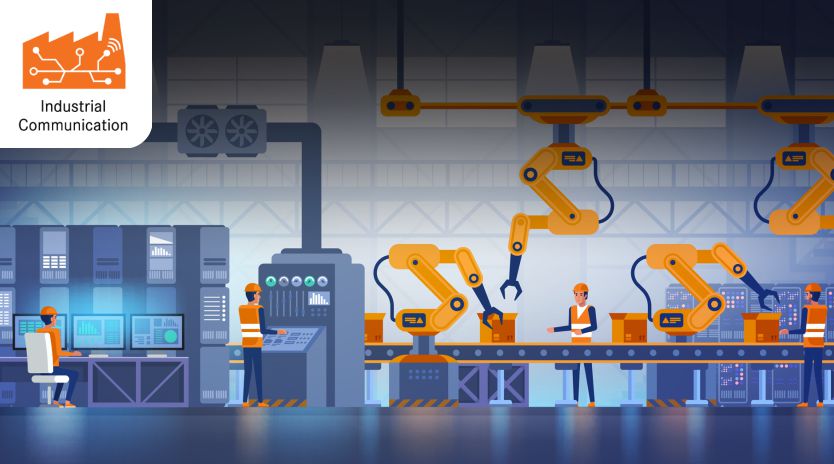

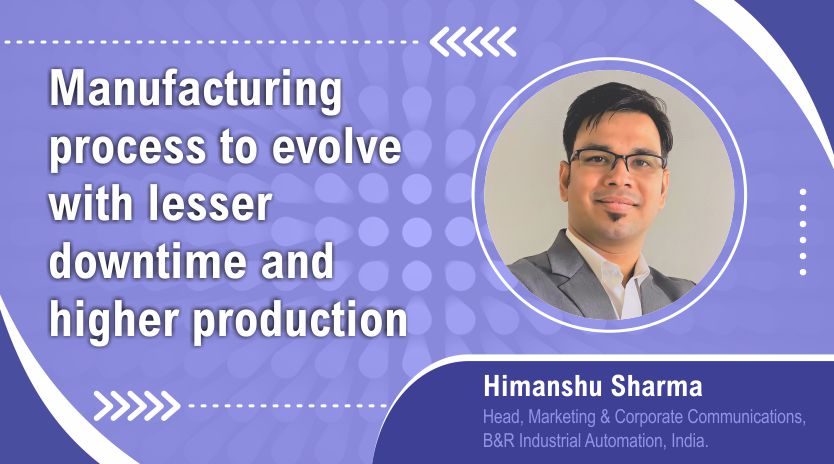
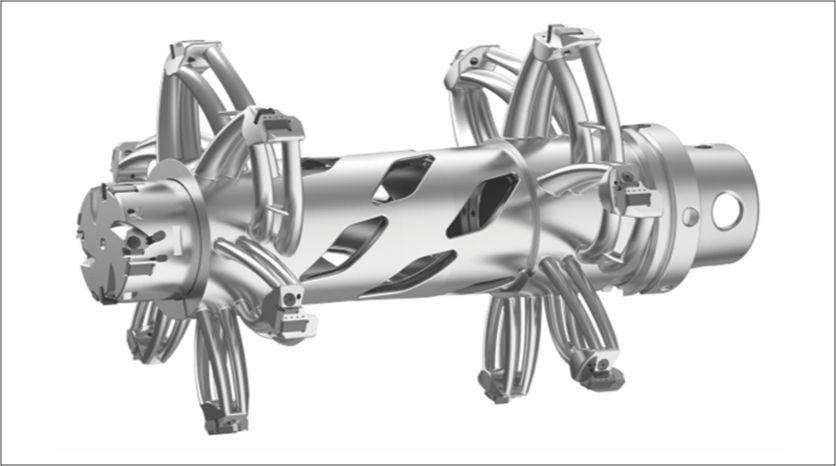



 English
English Hindi
Hindi